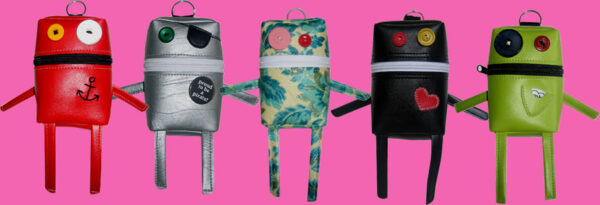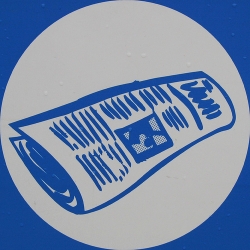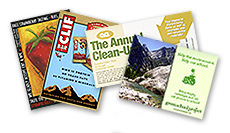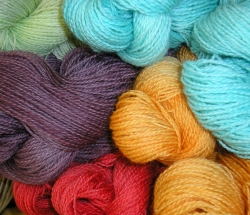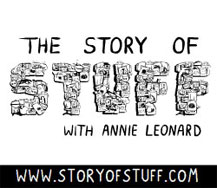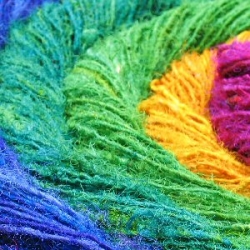Window clings.
Graphics on tumblers.
Car decals.
Cute sayings on T-shirts.
All these craft projects are beautiful and fun. They’re also all made with vinyl.
Vinyl as a product has been around for decades. Vinyl as a craft supply has been around for nearly as long. It’s the popularity and affordability of computerized die-cut machines, however, that has really brought craft vinyl into popularity. With a die-cut machine, it’s simple to create a perfect graphic from crafty vinyl, requiring only weeding and adhesion to make a complete product.
And the options are endless! Vinyl is so easy to use that even beginning crafters can make something look like it was professionally created. And it comes in so many colors, with so many options, that crafters can add endless variety to their projects, and explore tons of creative designs. Who wouldn’t be tempted by the ability to put a cool graphic on a wine glass AND a baby’s onesie? To have customized window clings for every holiday? To DIY party favors that look better than anything you can get from Party City?
If only doing so wasn’t so toxic!
WHAT IS VINYL?
Vinyl gets its cutesy name from a shortening of its terrifying chemical name: polyvinyl chloride. You probably already know this molecule by its other nickname, PVC. You’ve seen this same material in pipes, flooring, shoes, outdoor fabrics, and hundreds of other everyday products.
Here at Crafting a Green World, we’ve been griping about vinyl for well over a decade. Back when we first started railing against vinyl, die-cutting craft vinyl wasn’t even a thing.
But sewing with vinyl fabric sure was! Home-sewn vinyl wallets and purses and backpacks and children’s I Spy toys were all over the internet. When those projects became less popular, different vinyl crafts took their places.
Whether you’re sewing a backpack dangler with confetti inside or heat-transferring a cool saying onto a pair of pajama pants, you’re using the same vinyl, and with the same toxic problems.
During its nearly infinite lifespan, polyvinyl chloride emits two particularly dangerous toxins: dioxins and phthalates. Dioxin and phthalates are known carcinogens. They cause a host of other issues to living creatures and the environment as a whole. Vinyl is dangerous to the workers who manufacture it, the consumers who use it, and the workers who dispose of it, as well as to our air, soil, water, and the other lives that share our planet.
VINYL ALTERNATIVES
The safest solution to the toxicity of craft vinyl is to completely replace it with eco-friendly, non-toxic, or less toxic alternatives. Normally, if you’ve got your heart set on a material that’s not eco-friendly, I encourage you to thrift or salvage it; vinyl, however, is so continually toxic that you should hesitate even to thrift it. It’s great to save something from the waste stream, but not at the cost of putting an off-gassing substance into your own personal airspace.
Fortunately, there are less toxic, non-toxic, or eco-friendly alternatives to most crafts that use vinyl. Die-cut freezer paper and fabric paint stencils can replace heat-transfer vinyl for embellishing clothing. Etching solutions or heat-set ceramics markers can replace vinyl transfers for glass mugs, wine glasses, and tumblers.
If you’re interested in a craft for which you cannot easily replace the vinyl with an eco-friendly material, consider whether or not you should be creating that craft at all. Plastic tumblers don’t take well to paint, but plastic tumblers, themselves, aren’t an eco-friendly product. Neither are car decals or window clings.
If, however, you’ve got your heart set on a vinyl craft, and no other substitutions or solutions will work, look for CPSIA-certified craft vinyl. The Consumer Product Safety Improvement Act (CPSIA) specifically limits lead and phthalates, two of the toxic substances associated with vinyl, so choosing a vinyl certified by the CPSIA is a good way to at least avoid those poisons.
ENDING THE REIGN OF VINYL
You might be curious about what you can do to end the world’s production and consumption of polyvinyl chloride. If so, I highly encourage you to check out the vinyl page from Workgroup for Safe Markets. The site compiles a ton of fact sheets about vinyl’s toxicity and reports on the harms it has caused. I also love its databases of eco-friendly alternatives and its list of organizations and campaigns that are working to reduce the impact of vinyl on our environment.
And if nothing else, we can at least take comfort in the fact that at current rates of consumption, our planet’s oil reserves will go into steep decline during my kids’ lifetimes. Perhaps our grandkids will be too busy fighting Mad Max-style over the planet’s last few gas oases to be sad that there’s no more craft vinyl left to heat press onto their plastic tumblers!

